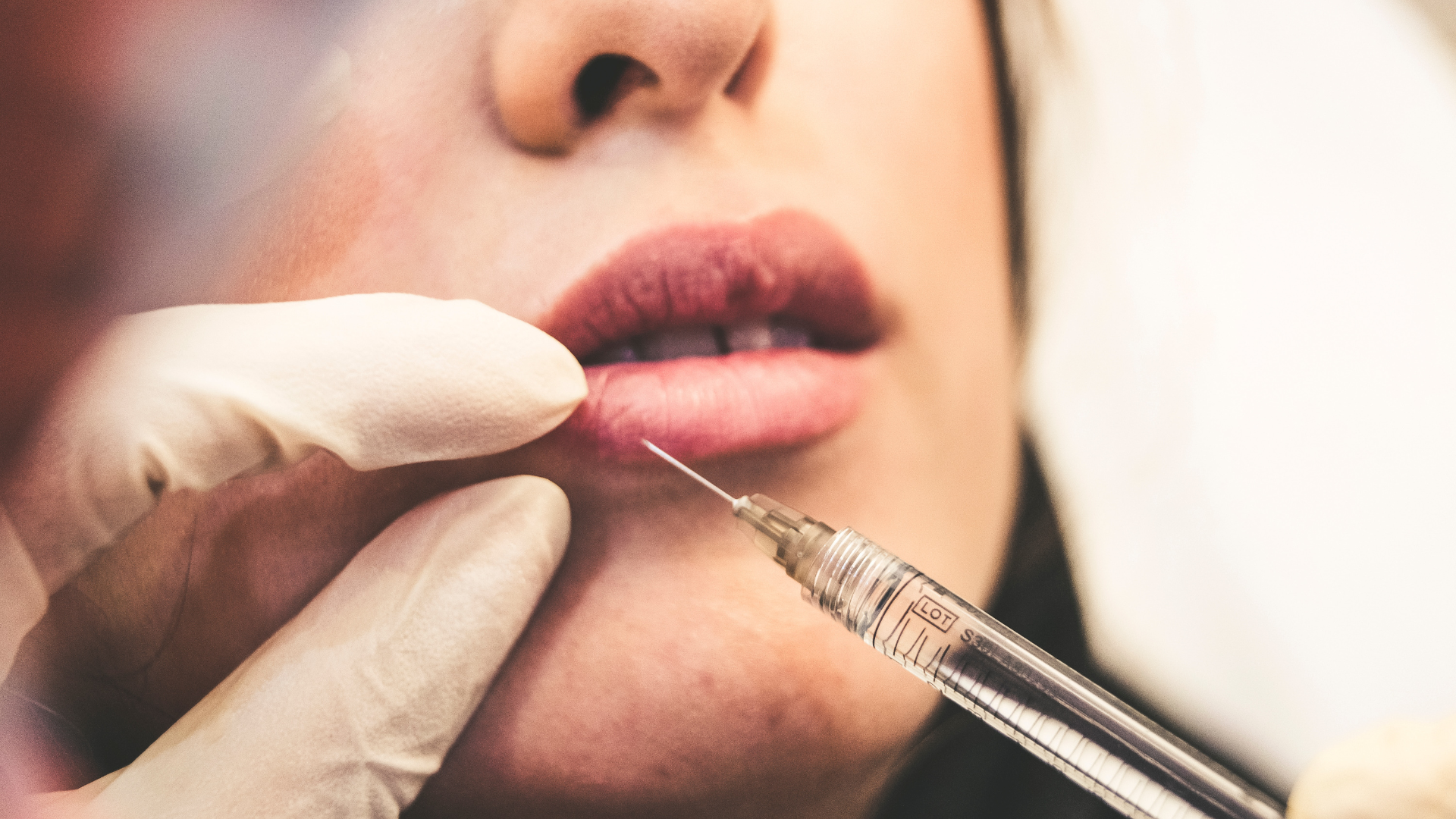Hoy se celebra el Día Mundial de la Medicina Estética. Según señala la Sociedad Española de Medicina Estética (SEME), la edad en la que los españoles realizan su primer retoque estético ha descendido de los 35 años a los 20 en los últimos años. In some cases, as it explains in an article the Spanish Society of Plastic, Reconstructive and Aesthetic Surgery (SECPRE), interventions have been carried out on minors with the consent of those responsible.
It is not surprising that social networks and their photographic filters have had something to do with this decline in age. The most demanded by most consumers are hyaluronic acid in the lips and botulinum toxin, commonly known as Botox.
In addition to the decrease in age, more people are trusting in aesthetic medicine as it has become normalised in Spanish society. The connotation of aesthetic medicine has also changed and is very different from what we might have previously assumed. In many cases it is no longer a mere whim. It is a way of taking care of oneself and also of pampering oneself. According to data issued by the SEME itself, 40% of the Spanish population has used aesthetic medicine services at some time. Of this 40%, 71.8% are women, and the remaining 28.2% are men.
The interest and need to look good is growing all the time. We are constantly exposed to a camera that makes us, perhaps, always pay more attention to our small imperfections. But what the consumer demands has also evolved. As María Cuidero, CEO of Croma Pharma, explained to us a year ago the favourites treatment of the youngest are those designated as 'treatment "flash"'.These treatments are so popular because they produce an immediate beauty effect and improve their effects in the days following their application. They are usually those that help to achieve that longed-for glow effect and that luminosity so sought after and promised by make-up products. Now a natural and temporary, but above all, subtle beauty is desired.
This increase in demand obviously translated into an increase in the number of centres dedicated to the activity of aesthetic medicine, which proportionally led to an increase in the income of this sector of medicine. The last data of the SEME which speak of the year 2021, put the annual turnover of authorised centres at more than 3.5 billion euros. The Spanish Society of Aesthetic Medicine expects this growth to continue over the years, with turnover growing by around 26%. In view of the boom in aesthetic medicine, 15% more practitioners are deciding to grow professionally in this field. According to the entity specialised in aesthetic medicine, a total of 19 Spanish universities have incorporated masters and postgraduate courses specialised in aesthetic medicine into their training offer.
The 'cross' of the social networks
However, one thing that worries healthcare professionals is photo filters and the impact they can have on adolescents and young people, who are most vulnerable to falling into this image-selfie wheel. Many mental health professionals already consider it a body dysmorphia disorder: 'selfie dysmorphia'. This is what the Boston Medical Center called in its work 'Selfies Living in the Era of Filtered Photographs' the concern about not looking the same as in certain retouched photos. Of course, social networks have played a leading role in this, and have exacerbated this problem, which should be tackled by maintaining good mental health habits. One of the tips offered by psychologists is to reduce the number of hours spent on social networks.
On the other hand, the authorities are aware of this. A clear example is what has happened in the UK. There, many women want to look tanned. Brands know this and influencers have become the perfect bait for many of them. Faced with this problem, in which certain public figures promoted brand products with the help of filters to enhance their effects, the British government banned the use of filters on social networks to promote products.
